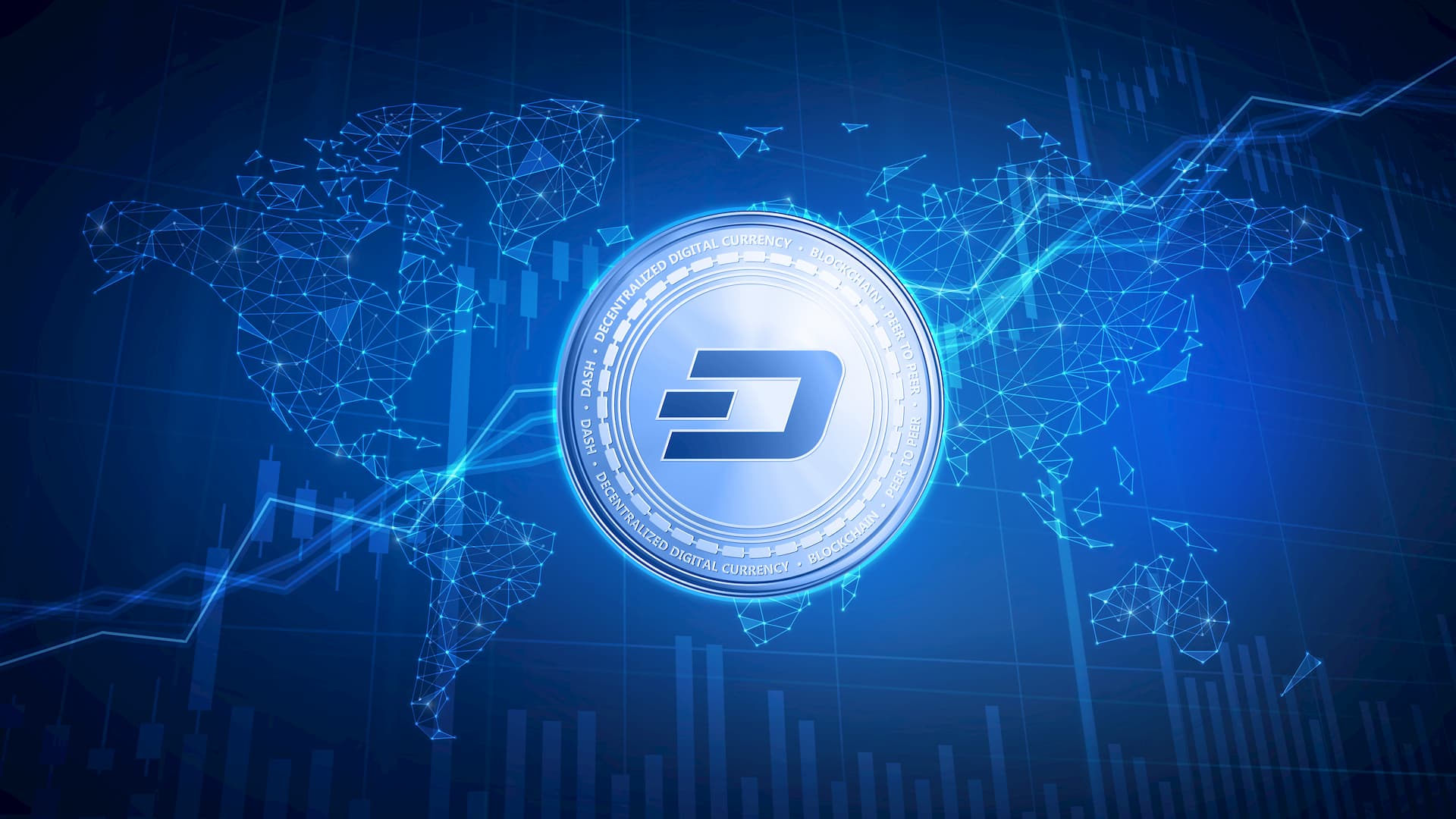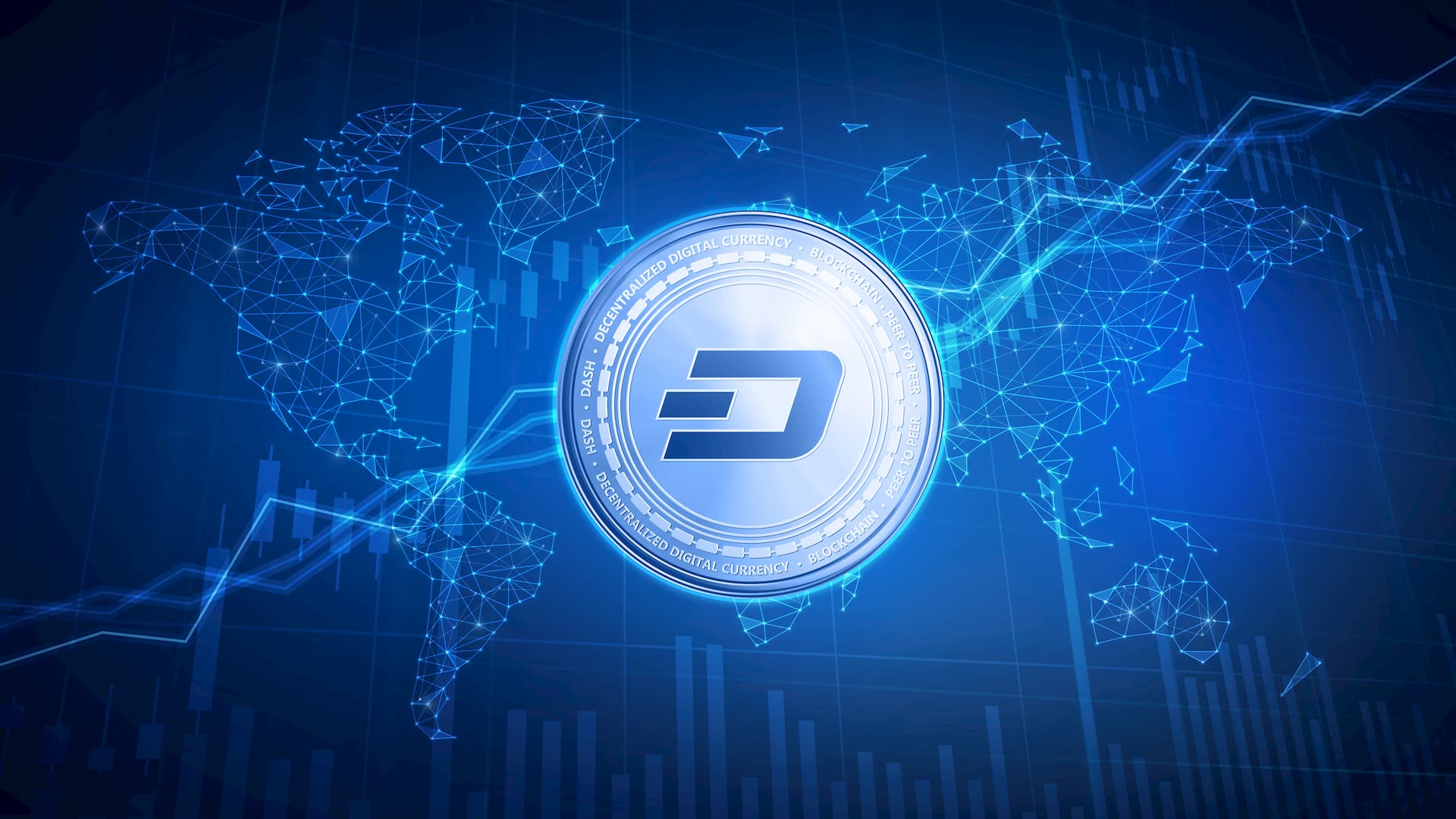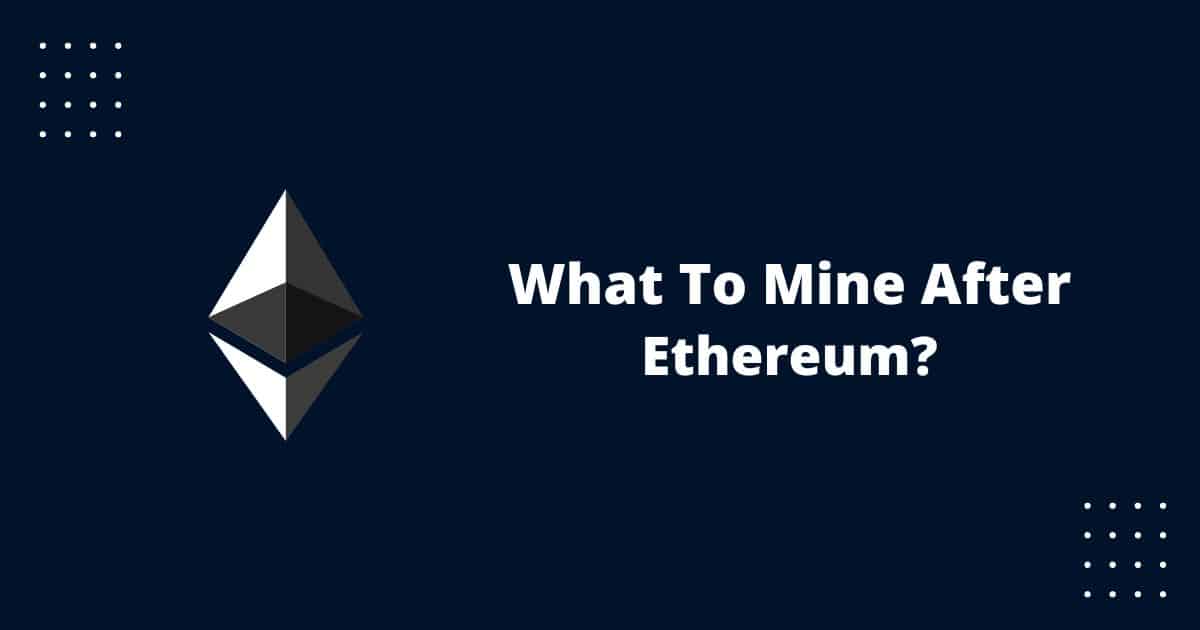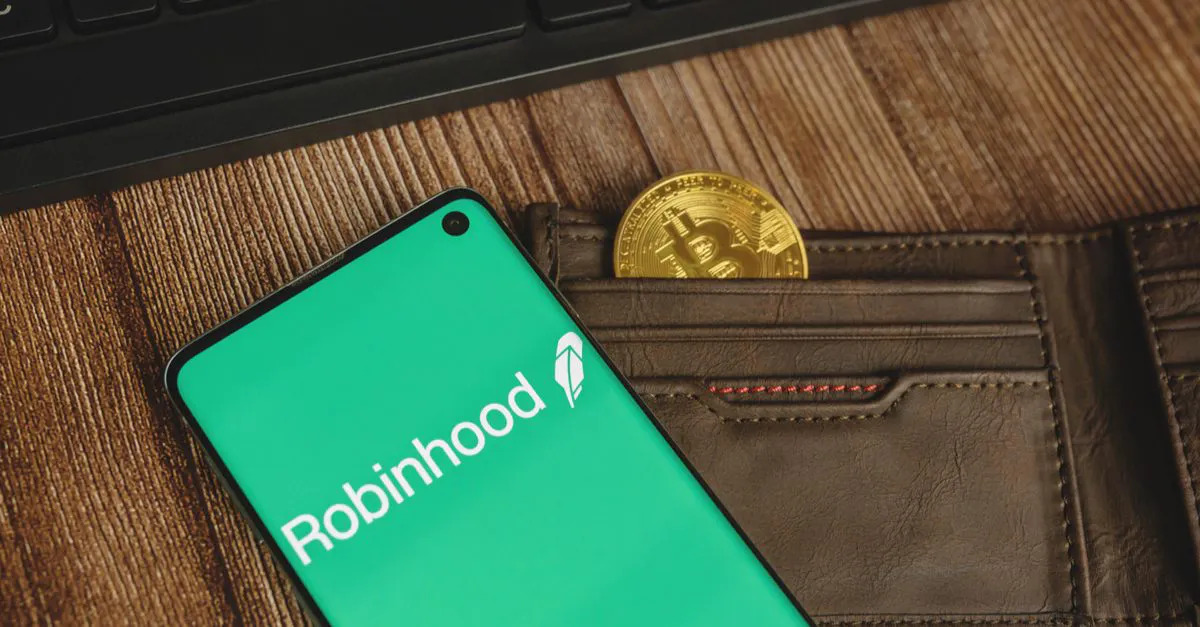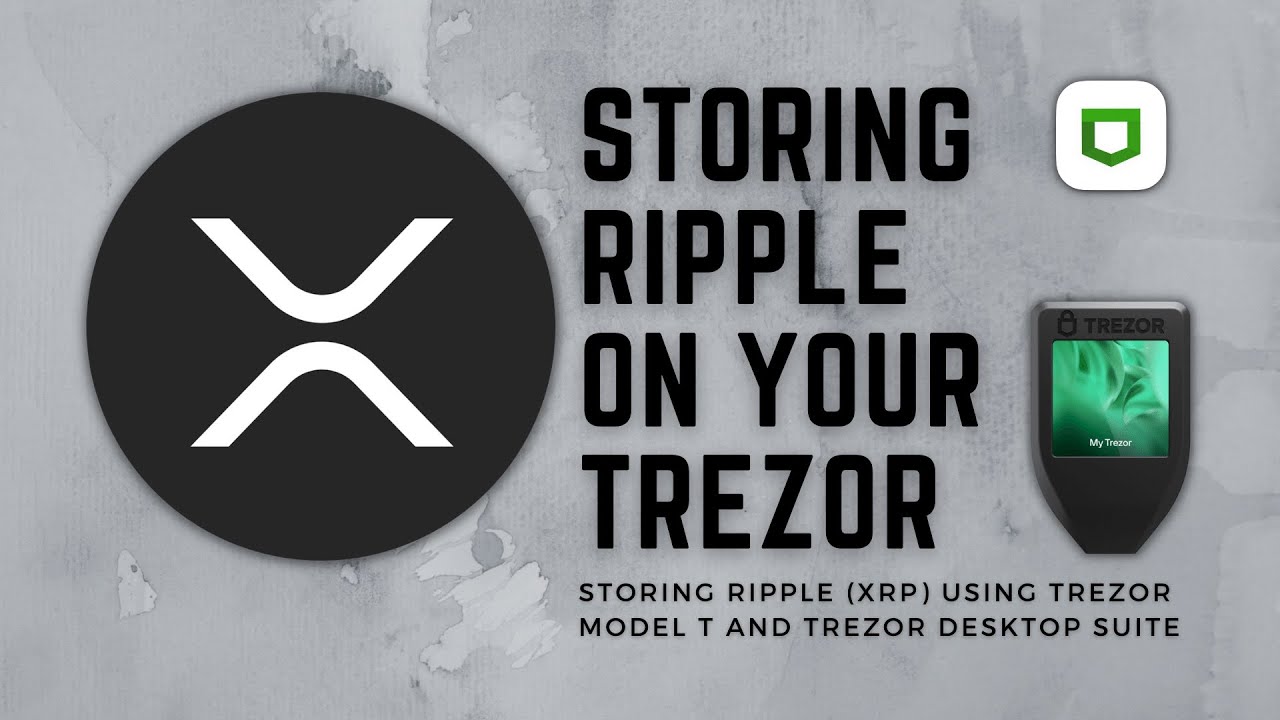Introduction
Dash cryptocurrency, also known as Digital Cash, is a decentralized digital currency that aims to provide fast, secure, and private transactions. Launched in 2014, Dash has gained significant popularity for its innovative features and unique governance structure. Unlike traditional centralized financial systems, Dash operates on a peer-to-peer network, utilizing blockchain technology to ensure transparency and security.
With the increasing demand for secure and efficient digital transactions, Dash has emerged as one of the leading cryptocurrencies in the market. Its ability to offer instant and private transactions, combined with its emphasis on community-driven governance, sets it apart from other digital currencies. Dash provides users with an alternative to traditional banking systems, allowing for faster and more cost-effective transactions without central authority interference.
In this article, we will explore the history and functionality of Dash, highlighting its key features, mining process, governance structure, and use cases. By understanding the underlying principles and benefits of Dash, readers will gain valuable insights into its potential applications and advantages in the rapidly evolving world of digital finance.
What is Dash Cryptocurrency?
Dash cryptocurrency, short for Digital Cash, is a peer-to-peer decentralized digital currency that allows for instant and secure transactions. It was launched in 2014 and has gained significant popularity for its unique features and focus on privacy and governance.
Unlike traditional banking systems where transactions are processed through centralized intermediaries, Dash operates on a decentralized network known as a blockchain. This network is maintained by a global community of users, who verify and validate transactions without the need for a central authority.
The primary goal of Dash is to provide a fast, reliable, and private means of digital transactions. This is achieved through its innovative features, such as InstantSend and PrivateSend.
InstantSend allows for near-instantaneous transactions, providing users with a seamless payment experience. This feature sets Dash apart from other cryptocurrencies, as it eliminates the waiting time associated with traditional transaction confirmations.
PrivateSend, on the other hand, focuses on enhancing user privacy. It utilizes a technique called CoinJoin, which combines multiple transactions into a single transaction, making it difficult to trace and link individual transactions. This ensures that users can enjoy a higher level of anonymity and confidentiality.
Another significant aspect of Dash is its unique governance structure. Unlike most cryptocurrencies, which rely on a purely decentralized decision-making process, Dash employs a two-tiered system consisting of masternodes and regular network nodes. Masternodes, which require a certain amount of Dash collateral, have voting rights and are responsible for managing the network and making decisions regarding the development and future of Dash.
Overall, Dash cryptocurrency offers a combination of speed, privacy, and governance, making it an attractive option for individuals seeking a secure and efficient digital payment method. With its innovative features and dedicated community, Dash continues to make strides in the world of digital finance.
History of Dash
Dash cryptocurrency has an interesting and evolving history that dates back to its inception in 2014. Originally known as Darkcoin, its goal was to focus on privacy and anonymity. Darkcoin underwent a rebranding in 2015 and became Dash (Digital Cash), broadening its focus beyond privacy and emphasizing its goal of becoming a user-friendly, decentralized digital currency.
The idea behind Dash was conceived by Evan Duffield, who recognized the need for a cryptocurrency that addressed the key challenges faced by Bitcoin, such as scalability and privacy. Duffield proposed several improvements to the Bitcoin protocol, including the implementation of a two-tier network architecture and the incorporation of InstantSend and PrivateSend features.
In January 2014, Darkcoin was officially launched as an open-source project. It gained momentum quickly, attracting a dedicated community of developers and users who embraced the coin’s potential. The anonymity features of Darkcoin, later rebranded as PrivateSend, garnered significant attention and placed it in a unique position among other cryptocurrencies in the market.
In March 2015, Darkcoin underwent a significant transformation and rebranding and became Dash. The rebranding aimed to better align with the coin’s vision of becoming a mainstream, user-friendly digital cash alternative. The name “Dash” was chosen to represent its focus on being fast, digital, and decentralized.
Following the rebranding, Dash experienced rapid growth and development. In 2016, the Dash masternode network was introduced, which allowed for the implementation of decentralized governance and decision-making. This unique governance structure gave Dash holders the ability to vote on proposals and initiatives, making it one of the first truly decentralized autonomous organizations (DAOs).
Over the years, Dash has continued to innovate and improve its features. Evolution, a highly anticipated upgrade, aims to enhance user experience and accessibility by implementing features like contact lists, usernames, and an intuitive user interface.
Today, Dash continues to establish itself as a major player in the cryptocurrency industry, with a strong focus on usability, privacy, and governance. Its rich history of evolution and development serves as a testament to its commitment to providing a reliable and user-friendly digital cash alternative.
How Does Dash Work?
Dash cryptocurrency operates on a decentralized network supported by a blockchain, which is a distributed ledger that records all transactions. However, Dash differentiates itself from other cryptocurrencies by implementing unique features and mechanisms to enhance the speed, privacy, and governance of its network.
At its core, Dash works similarly to other cryptocurrencies by allowing users to send and receive digital currency. Users store their Dash coins in digital wallets, which can be accessed through various platforms, including desktop, mobile, and hardware wallets.
Dash utilizes a two-tier network architecture consisting of regular nodes and masternodes. Regular nodes perform basic functions, such as transaction verification and maintaining a copy of the blockchain. On the other hand, masternodes, which require a collateral of 1,000 Dash, provide advanced functionalities like InstantSend and PrivateSend, as well as decentralized governance.
InstantSend is a feature that enables near-instantaneous transactions. When a user initiates an InstantSend transaction, a consensus is reached within the network, and the transaction is locked to prevent double spending. This ensures that the recipient receives the funds quickly and without delays.
PrivateSend, formerly known as DarkSend, allows users to have enhanced privacy by obfuscating their transaction history. PrivateSend utilizes a technique called CoinJoin, where multiple transactions are combined, making it difficult to trace and link individual transactions. This ensures that users can enjoy a higher level of anonymity and confidentiality.
Governance in Dash is decentralized and community-driven. Masternode operators have voting rights and can propose and vote on development and budget proposals. A portion of the mining rewards, known as the Treasury, is allocated to fund approved proposals, ensuring continuous development and improvement of the Dash network.
The security and integrity of the Dash network rely on the consensus mechanism called Proof of Work (PoW). Miners compete to solve complex mathematical puzzles, and the first miner to find a solution is rewarded with newly created Dash coins. This process not only secures the network but also verifies and adds new transactions to the blockchain.
Overall, by implementing a two-tier network architecture, advanced features like InstantSend and PrivateSend, and a community-driven governance structure, Dash provides a fast, secure, and private means of digital transactions. Its innovative approach to enhancing user experience and network efficiency has positioned Dash as a viable alternative to traditional financial systems.
Features of Dash
Dash cryptocurrency offers a range of innovative features that set it apart from other digital currencies. Combining speed, privacy, and governance, Dash provides a robust and user-friendly platform for secure digital transactions. Let’s explore some of its key features:
InstantSend: One of the standout features of Dash is InstantSend, which enables near-instantaneous transactions. Unlike other cryptocurrencies, where users may need to wait for multiple confirmations, InstantSend locks transactions and reaches consensus within the network rapidly. This ensures that transactions are settled quickly and provides a seamless payment experience.
PrivateSend: Dash emphasizes user privacy with its PrivateSend feature. By utilizing a technique called CoinJoin, Dash combines multiple transactions to obfuscate the sender’s address and the transaction history. This greatly enhances privacy, making it difficult to trace and link individual transactions. Privacy-conscious users can enjoy increased anonymity and confidentiality when transacting with Dash.
Decentralized Governance: Dash stands out with its unique governance structure. The network is self-governed by masternode operators who have voting rights and propose and vote on network improvements, development initiatives, and funding allocations. This decentralized governance ensures that the Dash community can have an active role in shaping the future of the cryptocurrency and ensures transparency and accountability.
Two-Tier Network: Dash operates on a two-tier network consisting of masternodes and regular nodes. Masternodes provide advanced functionalities, including InstantSend and PrivateSend, which are not available on regular nodes. The collateral requirement of 1,000 Dash tokens to become a masternode owner ensures the stability and security of the network while providing incentives for users to hold and actively participate in the Dash ecosystem.
Fast and Scalable: Dash is designed to handle a high volume of transactions quickly and efficiently. The combination of InstantSend and the two-tier network architecture helps reduce transaction confirmation times, making it suitable for daily transactions. Dash has also implemented larger block sizes compared to Bitcoin, allowing for more transactions to be processed per block and increasing the scalability of the network.
Community-Driven Development: The Dash community plays an integral role in driving the development and growth of the cryptocurrency. Through the Treasury system, a portion of the block rewards is allocated to fund approved proposals, ensuring continuous innovation and improvement of the network. This community-focused approach fosters collaboration, encourages participation, and ensures that Dash remains at the forefront of digital currency advancements.
With its emphasis on speed, privacy, governance, and scalability, Dash offers a compelling option for individuals looking for a reliable and user-friendly digital payment method. The combination of these features makes Dash a versatile cryptocurrency that caters to the needs of various users, from privacy advocates to businesses seeking a fast, secure, and decentralized means of transacting.
Mining Dash
Mining Dash involves the process of validating transactions and adding them to the blockchain. It plays a crucial role in securing the network, maintaining its integrity, and rewarding miners for their contributions. Mining Dash follows a Proof of Work (PoW) consensus mechanism, similar to Bitcoin, which requires miners to solve complex mathematical puzzles to earn rewards.
To mine Dash, miners need specialized hardware called Application-Specific Integrated Circuits (ASICs) or Graphics Processing Units (GPUs). These devices are designed to perform the calculations needed to solve the mathematical puzzles efficiently.
The mining process begins with miners competing to solve the mathematical problem, often referred to as finding a “hash.” This requires a significant amount of computational power, and the first miner to find the correct solution is rewarded with newly minted Dash coins.
Once a miner finds a solution, the other miners in the network validate it to ensure its accuracy. This consensus mechanism prevents any single miner or entity from controlling the network or manipulating transactions.
Mining Dash is a competitive process, and the difficulty of the puzzles is adjusted regularly to maintain a consistent block production rate. As the number of miners on the network increases, the difficulty of finding a solution also increases, ensuring the network’s security and stability.
In addition to block rewards, Dash uses a unique reward system called the “masternode network.” A portion of the block rewards is allocated to masternode operators who provide additional services to the network, such as InstantSend and PrivateSend. This incentivizes users to operate and maintain masternodes, contributing to the decentralization and efficiency of the network.
It’s worth noting that Dash has a limited total supply of 18.9 million coins. This finite supply, combined with the mining process, ensures that Dash remains a scarce and valuable digital asset.
Mining Dash can be a profitable venture for those with access to the necessary hardware and computational power. However, as the network’s difficulty increases over time, mining has become more resource-intensive, requiring specialized equipment and significant electricity consumption.
For individuals looking to participate in Dash mining but lacking the technical expertise or resources, there are alternative options such as joining mining pools. Mining pools allow multiple miners to combine their computational power, increasing the likelihood of earning a reward. Rewards are then distributed among pool participants based on their contributed computing power.
Mining Dash not only helps secure the network but also contributes to the overall functionality and growth of the cryptocurrency. It provides an opportunity for individuals to participate and earn rewards while supporting the decentralized nature of the Dash network.
Governance and Decentralization
The governance and decentralization model of Dash cryptocurrency sets it apart from many other digital currencies. Dash utilizes a unique two-tier network architecture and a decentralized decision-making process to ensure the stability, growth, and sustainability of the network.
At the base of the network are regular nodes that handle basic functions such as verifying transactions and maintaining a copy of the blockchain. These nodes are operated by individuals or organizations that participate in the Dash network.
Above regular nodes are masternodes, which require a collateral of 1,000 Dash tokens to operate. Masternodes provide advanced functionalities and actively contribute to the governance and decision-making processes of Dash. Masternode owners have voting rights and can propose and vote on various proposals related to the development and improvement of the network.
The decentralized governance system allows masternode owners to create and vote on proposals using the Dash blockchain. These proposals can include development initiatives, marketing campaigns, partnerships, or any other ideas that benefit the Dash ecosystem. Once a proposal is approved, funds are allocated from the Treasury, which is composed of a portion of the newly minted Dash coins, to fund the proposal’s execution.
Decentralized governance ensures that the Dash community has a voice and actively participates in shaping the future of the cryptocurrency. It fosters a sense of ownership and accountability within the network, as decisions are made collectively by masternode owners rather than a central authority.
This unique model also brings financial sustainability to Dash. The Treasury system ensures a predictable and self-funded development process, allowing the network to continue to evolve and adapt over time. The decentralized nature of decision-making minimizes the influence of external entities and aligns the network’s development with the interests of the community.
Furthermore, the two-tiered network architecture with masternodes provides additional functionality to Dash users. Masternodes enable features like InstantSend, which allows for quick and reliable transactions, and PrivateSend, which enhances user privacy. These additional services help differentiate Dash as a cryptocurrency that offers advanced capabilities beyond basic peer-to-peer transactions.
By combining decentralized governance, community engagement, and advanced network functionalities, Dash achieves a high level of decentralization. The network is not controlled by a single entity or central authority, ensuring that decisions are made collectively and transparently. This decentralized approach contributes to the resiliency, security, and long-term sustainability of the Dash network.
Transactions and Privacy
Dash cryptocurrency prioritizes privacy and offers robust features that enable secure and confidential transactions. Through its innovative technologies, Dash provides users with enhanced privacy options while maintaining the transparency and accountability of the blockchain.
When it comes to regular transactions on the Dash network, users can enjoy fast and secure peer-to-peer transfers. These transactions are verified and recorded on the blockchain, ensuring transparency and immutability. Verification is performed by network nodes, which confirm the validity of each transaction and add it to the blockchain for all participants to see.
However, Dash goes a step further in ensuring privacy with its PrivateSend feature. PrivateSend utilizes a technique called CoinJoin, where multiple transactions are combined into a single transaction. This process makes it difficult to trace and link individual transactions, enhancing user privacy. Each transaction within a CoinJoin is mixed with other funds, making it challenging to establish the connection between the sender and the recipient.
With PrivateSend, Dash users can enjoy a higher level of anonymity and confidentiality compared to traditional transparent blockchain systems. By obfuscating the transaction history and sender’s address, PrivateSend provides users with increased privacy protection when conducting transactions.
It’s important to note that while Dash provides enhanced privacy options, it is still essential for users to exercise caution and practice good security practices. User behavior and additional factors, such as IP address tracking or the linking of external information, can impact overall transaction privacy. Therefore, it is advisable to take necessary precautions, such as using VPNs and maintaining good cybersecurity practices, to maximize privacy when utilizing cryptocurrency networks.
Alongside transaction privacy, Dash also offers additional security features. InstantSend is one such feature that ensures fast and reliable transactions. With InstantSend, transactions are locked and verified by a consensus mechanism, guaranteeing their validity almost instantly. This eliminates the waiting time associated with traditional confirmation methods and improves the user experience.
Overall, Dash’s emphasis on privacy and its innovative features like PrivateSend and InstantSend make it an appealing choice for users who prioritize confidentiality and security in their financial transactions. Combining the transparency of blockchain technology with enhanced privacy options, Dash enables secure and private peer-to-peer transfers while ensuring the integrity of the network.
Advantages of Dash
Dash cryptocurrency offers several distinct advantages that make it a preferred choice for users and businesses in the digital currency space. From its focus on speed and privacy to its unique governance model, Dash provides a range of benefits that sets it apart from other cryptocurrencies.
1. Fast Transactions: Dash’s InstantSend feature enables near-instantaneous transactions, making it suitable for daily transactions and providing users with a seamless payment experience. Unlike other cryptocurrencies that may require multiple confirmations, Dash ensures quick settlement, reducing transaction times significantly.
2. Enhanced Privacy: Dash places a strong emphasis on user privacy with its innovative PrivateSend feature. By utilizing CoinJoin technology to obfuscate transaction history, Dash enhances privacy and allows users to transact with a higher level of anonymity and confidentiality. PrivateSend provides users with increased control over their financial information, an essential aspect in an increasingly connected and transparent digital world.
3. Decentralized Governance: Dash’s governance model empowers its community through a decentralized decision-making process. Masternode owners have voting rights and can propose and vote on network improvements and initiatives. This governance structure ensures transparency, community participation, and a sense of ownership among Dash users, making it a truly decentralized autonomous organization (DAO).
4. Scalability: Dash addresses the scalability issue by implementing larger block sizes compared to Bitcoin. This allows for more transactions to be processed per block, improving the network’s capacity to handle an increased transaction volume. The ability to scale effectively is crucial for a cryptocurrency aiming to be adopted on a global scale.
5. Community and Development Support: Dash has an active and vibrant community that actively participates in shaping the future of the cryptocurrency. The Dash Treasury system allocates a portion of block rewards to fund community-driven and development proposals, ensuring continuous innovation and improvement of the network. This support from the community is a testament to Dash’s commitment to the growth and development of the ecosystem.
6. Accessibility: Dash aims to be user-friendly and accessible, making it suitable for both experienced cryptocurrency enthusiasts as well as newcomers to the digital currency space. The goal is to create a seamless and intuitive experience for users, removing barriers and complexities associated with traditional financial systems.
7. Cross-border Transactions: Due to its decentralized nature, Dash facilitates international transactions without traditional financial intermediaries. This enables faster and more cost-effective cross-border payments, making it an attractive option for individuals and businesses conducting transactions globally.
With its focus on speed, privacy, governance, scalability, and community support, Dash offers a compelling alternative to traditional financial systems and other cryptocurrencies. Its unique combination of features positions it as a versatile and user-centric digital currency that caters to the needs of various users, from individuals seeking privacy to businesses looking for efficient and secure digital payment solutions.
Use Cases for Dash
Dash cryptocurrency has gained popularity and acceptance in various industries, demonstrating its versatility and potential as a digital payment solution. From personal transactions to commercial applications, Dash offers several compelling use cases that showcase its advantages and benefits.
1. Everyday Payments: Dash’s fast transaction speed and low fees make it an ideal choice for everyday payments. Whether it’s buying goods and services online or performing day-to-day transactions at physical stores, Dash offers a seamless and efficient payment experience. Its user-friendly interface and accessibility make it suitable for individuals seeking quick and secure payment options.
2. Remittances: Dash’s global network and low transaction fees make it an attractive option for cross-border remittances. Immigrants and expatriates can send funds to their families and loved ones in their home countries quickly and cost-effectively, bypassing traditional remittance intermediaries. Dash’s decentralized nature ensures that transactions are settled without unnecessary delays and at reduced costs, providing a viable alternative to traditional remittance channels.
3. E-commerce: Dash offers a secure and reliable alternative for e-commerce transactions. With its InstantSend feature, users can make instant payments, minimizing the risk of fraud and allowing for a streamlined online shopping experience. Dash’s privacy features, such as PrivateSend, also provide consumers with the confidence that their financial data is protected during online transactions, adding an extra layer of security to e-commerce payments.
4. Micropayments: Dash’s low fees and fast transaction confirmation times make it well-suited for micropayments. Content creators, artists, musicians, and other creators can receive small, instant payments for their digital content or creative services without the burden of high transaction fees that are typically associated with traditional payment systems. Dash enables the monetization of digital creations on a micro-scale, opening new opportunities for creators in the digital economy.
5. Unbanked and Underbanked Populations: Dash has the potential to serve the unbanked and underbanked populations who lack access to traditional banking services. With its decentralized and accessible nature, Dash provides financial inclusion by allowing individuals to store, send, and receive funds using only a smartphone or computer. This empowers individuals who may not have access to traditional banking infrastructure, giving them the ability to participate in global financial transactions.
6. Charitable Donations: Dash’s transparent and traceable blockchain technology makes it suitable for charitable donations. Non-profit organizations and charitable foundations can utilize Dash’s network to receive donations and ensure that funds are properly utilized and traceable. Dash’s decentralized governance and transparency contribute to the accountability and trustworthiness of charitable organizations.
7. Travel and Tourism: Dash’s global acceptance and low transaction fees make it an ideal currency for travelers. Dash can be easily exchanged for local currencies in various destinations, allowing travelers to make secure and cost-effective payments while exploring the world. Dash’s fast transaction speed also eliminates the hassle of waiting for payment confirmations, providing a seamless experience for tourists and local businesses alike.
These use cases demonstrate the versatility and potential of Dash as a digital currency with real-world applications. Its speed, privacy, accessibility, and low fees make it an attractive option for various industries, opening up new possibilities for personal and commercial transactions in the evolving landscape of digital finance.
Conclusion
Dash cryptocurrency has established itself as a prominent player in the digital currency world, offering a range of innovative features, enhanced privacy options, and a unique governance model. With its commitment to speed, privacy, and decentralization, Dash provides users with a secure, efficient, and user-friendly alternative to traditional financial systems.
The emphasis on fast transactions is evident through Dash’s InstantSend feature, which allows for near-instantaneous peer-to-peer transfers. This feature, combined with low transaction fees, makes Dash an ideal choice for everyday payments and cross-border remittances.
Privacy is a core value of Dash, demonstrated by its PrivateSend feature. By utilizing CoinJoin technology, Dash enables users to enjoy enhanced privacy and anonymity, making it an attractive option for individuals who value the confidentiality of their financial transactions.
The unique governance model of the cryptocurrency empowers the community of masternode operators to actively participate in decision-making and propose network improvements. This decentralized approach ensures transparency, accountability, and alignment with the interests of the Dash community.
Furthermore, Dash showcases its versatility through various use cases, ranging from micropayments and e-commerce to serving the unbanked and underbanked populations. Dash’s flexible and accessible nature enables individuals and businesses to leverage its benefits across different industries.
In conclusion, Dash cryptocurrency offers a robust platform that combines speed, privacy, and decentralization. Its innovative features, including InstantSend and PrivateSend, enable fast and secure transactions, while its governance model ensures community involvement and development support. With its growing adoption and strong community, Dash continues to evolve and make strides in becoming a leading digital payment solution in the ever-expanding world of digital finance.







